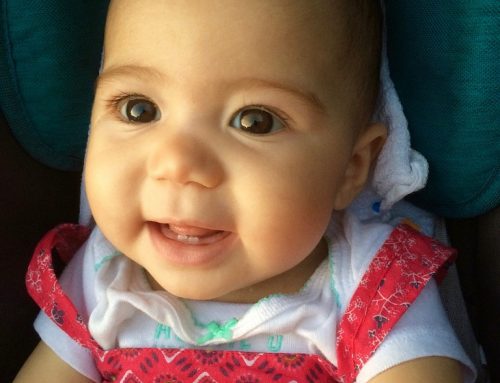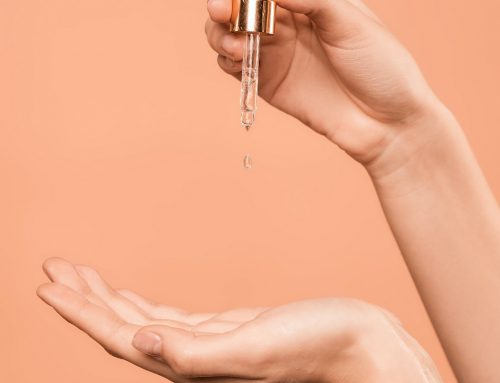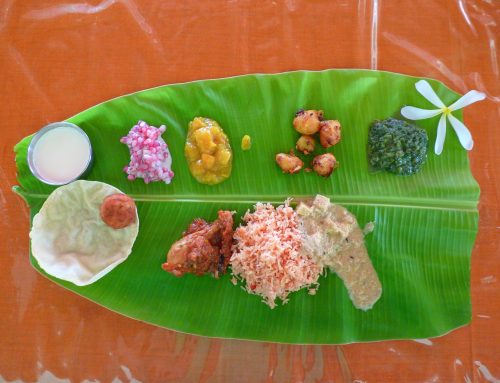My daughter was 29 days old when I took her to get her ears pierced. Throughout the entire car ride, I was filled with trepidation. I second guessed my decision of ear piercing to the point where there was a tiny wire of gold a mere cm away from my peacefully, sleeping daughter’s delicate ear lobes. It was at my mother’s and even paediatrician’s recommendation I allowed a stranger to poke holes in my baby.
What was I thinking? My heart was, to my surprise, in my mouth the entire time. When the first ear was pricked, she woke up yelling and within a minute, promptly went back to sleep. The second pierce woke her up again, and she howls indignantly. More at being rudely woken up twice, rather than the delicate, but painful procedure going on. She snuggled with me back home and fell asleep again, much to my relief.
Piercing your baby’s ears might sound like a traumatic experience, but it needn’t be one. If done correctly, it’s actually a very safe procedure.
When should you pierce your baby’s ear?
While many Indian babies, mostly girls but boys too, get their ears pierced, the age varies according to traditional customs as well as paediatrician recommendations.
Most Indian communities believe in ear piercing at 12 days. My daughter’s doctor suggested piercing her ears before her first month was up and after she had her tetanus shot. Before six months, babies can’t localise ear piercing pain. Which means if something hurts, they can’t determine where or touch that area. So, they won’t tug or pull their ears if it hurts them. This helps them heal better. Also, at less than 2-3 months of age, they are also less likely to fidget or move during the piercing. The older the child, the more they are aware of the pain, as well as the presence of an unknown person in their vicinity. It can make the piercing a frightening experience. Some doctors use a numbing cream for older kids, which can help lessen the pain, but not the fear.
However, people have mixed opinions and some wait until six months, two years or even more before going ahead. Best to check with your doctor and figure out what works best for you.
How to ensure a safe, clean ear piercing
One can opt to pierce the ears from a jeweller or a doctor. Most jewellers use a thin strip of gold to pierce the ear and then twist it around the lobe to create a ring. Some use piercing guns as well. Doctors usually use a piercing gun. Both are safe and its a matter of choice and convenience.
Whichever way you opt for piercing, here are some guidelines to follow:
- Ask your paediatrician’s recommendation for a doctor/jeweller for piercing; some of them may do it themselves
- Dress the baby in a buttoned top, to avoid pulling the clothes over the ears later
- Divert an older child from the pain with a toy or any other form of distraction; carry a treat for after the procedure
- Make sure the instrument of piercing is sterile, and the environment is sanitary
- The earring should be 24-karat gold to ensure no allergy; anything less or mixed with another metal could trigger a reaction
- Make sure the centre of the lobe is pierced
- Don’t wash your baby’s hair or apply water to the pierced areas for up to two days
- Apply coconut oil to the ear lobe, or an ointment prescribed by your doctor
- Keep rotating the ring/stud so it doesn’t infect or get stuck due to scabbing
- Once your child is able to tug at her ears, take the ring out and replace it with studs to avoid the ring getting stuck in her clothes due to constant movement
Conclusion
If you want to do ear piercing for your child, it’s best to get it over with as soon as possible. As long as you take the necessary precautions, there won’t be any cause for worry.






Leave A Comment